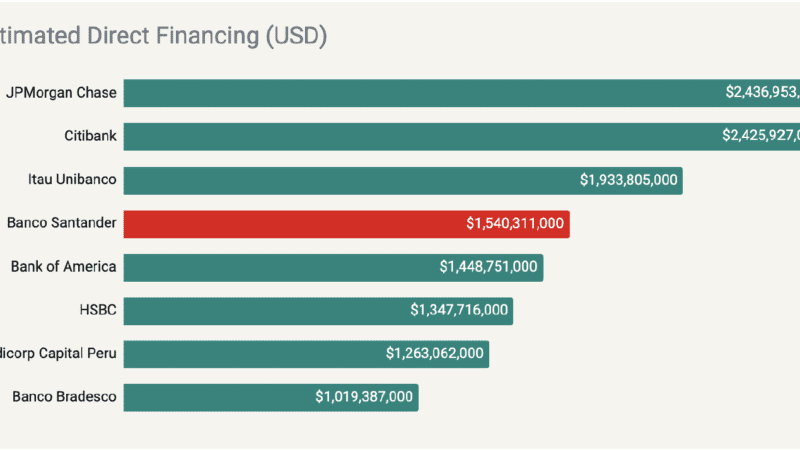New research shows impact of building-electrification policies on reducing housing emissions
September 21, 2023
New research released today outlines the major impact that building-electrification policies can have on cutting greenhouse gas emissions from the nation’s future housing stock, and defines the U.S. regions where strategic local policies could result in the greatest reductions.
The report shows that passing policies requiring electrification on all new residential construction nationally would eliminate almost 140 million metric tons of carbon dioxide between 2023 and 2030. That’s the equivalent of stopping more than 156 billion pounds of coal from being burned or the equivalent of negating the emissions that 37.5 U.S. coal plants generate in a single year.
Titled “A Roadmap to Fossil-Free Homes: Where Local Building Electrification Policies Would Have the Greatest Impact,” the report was produced by Stand.earth Research Group, SAFE Cities, and Lead Locally, and debuted at a Climate Week NYC event held on Thursday, Sept. 21 at the Brooklyn office of New York Communities for Change (NYCC).
The report’s research offers a large-scale overview of the emissions reductions possible nationwide with widespread adoption of building-electrification policies at a local level, as well as a detailed assessment of the U.S. counties with the biggest potential for impact.
“We’ve known for some time that moving our buildings off fossil fuels and making them all-electric is key to limiting emissions and health and safety risks,” said Nathan Taft, senior campaigner for SAFE Cities with Stand.earth. “But until recently, it’s been difficult to know what kind of emissions impact we’re talking about within the United States. This new research makes it clear that ensuring new buildings are all-electric from the start prevents decades of locked-in emissions, and affirms how essential it is that these policies are implemented rapidly in as many places as possible.”
The report explores the projected emissions impact of policies that limit gas hookups in new residential buildings at the county level across the country. Findings show that targeted building electrification measures in specific metropolitan areas can have a large impact on reducing emissions from the nation’s future housing stock, and that most of the counties comprising these areas have a majority of residents who expect their local leaders to take more action on climate.
“The data in this report demonstrate the critical role that building-electrification plays in a climate-safe future, the progress that’s possible through local policies, and the strong appetite that exists for municipal action in these communities,” said John Qua, campaign manager for Lead Locally. “Paired with the new knowledge of which U.S. regions could benefit most from electrification policies, we now have a proven roadmap for how local action can add up to meaningful reductions in greenhouse gas emissions.”
The report release event also celebrated leadership on building electrification in New York. Speakers included New York State Assembly Member Emily Gallagher, who led the charge on the state’s All-Electric Buildings Act to phase out fossil gas hookups in most new construction — the first policy of its kind in the nation — as well as NYCC Senior Advisor Pete Sikora, who has been a key advocate for local and statewide building electrification in New York.
A full overview of the research’s top findings can be found in the executive summary on page 3 of the report.
“Taken together, these findings outline a clear path forward for local elected officials and activists who want to take action to protect their communities and the climate from fossil fuel pollution in buildings,” said Dr. Devyani Singh, investigative researcher for Stand.earth Research Group. “Smart, targeted, and creative actions at the local level can make our path significantly easier.”
###
Sources available for interviews include representatives of participating groups Stand.earth Research Group, SAFE Cities, Lead Locally, and New York Communities for Change, as well as officials and advocates in communities that have already passed building electrification policies to personalize this story with a proven roadmap for how action can take shape at the local level.
Media contact:
Cari Barcas, Communications Director, cari.barcas@stand.earth, +1 312 720 7940 (Eastern Time)



